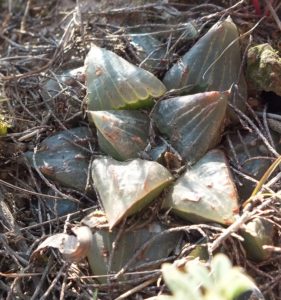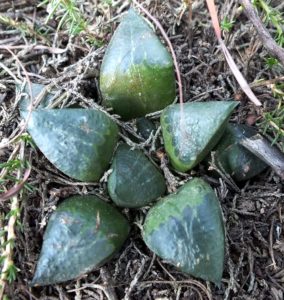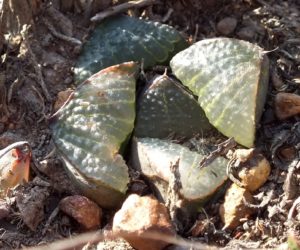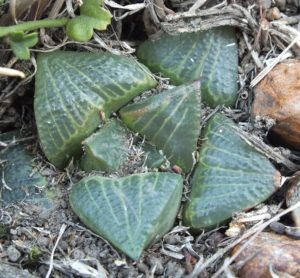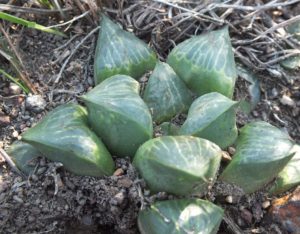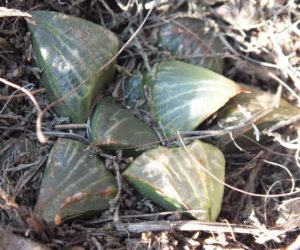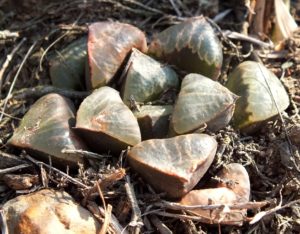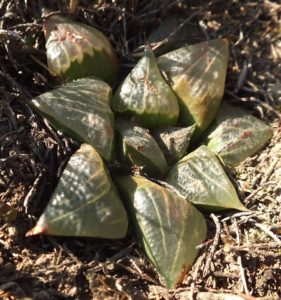68. 2019.7.28 – Coming back to some sort of sensibility after 3 days in the field. Rogan Roth sent me these two pictures of tubeburcled mirabilis from the Swellendam area.
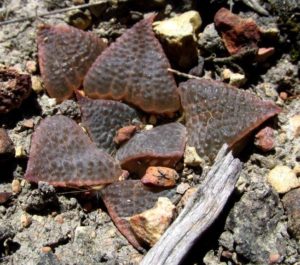

An extraordinary phenomenon. Ask me about it. We can identify 5-6 generations of Aloe ferox. The oldest single mother at a conservative 70 years of age based on the age of plants established at Karoo garden in 1946. The youngest seedlings are current year? I have seen a similar sequence from beyond Uniondale to west of Oudtshoorn.
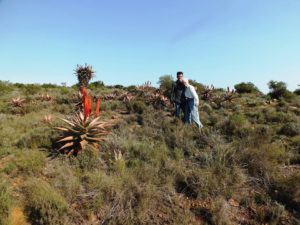
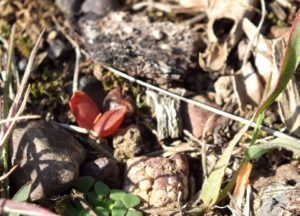
69. 2019.7.30 – Rogan Roth kindly showed me this population east of Swellendam. It did not strike me as being the same as I had seen in that general area before and I also thought some of the plants could easily be slipped into the Rotterdam “groenewaldii” populations. With less rounding of the lead tips of course. Then it hit me that it appears I have been arguing “groenewaldii” in the context of a supposed discrete “mutica”. This sort of reasoning does not work in Haworthia. “Groenewaldii” is neither mutica, nor retusa, nor mirabilis and neither is it a species, subspecies or even variety of any of them. It is a discrete entity in a vast complex of Haworthias that could all be classed as H. retusa where each population is a discrete and significant part of that true species system. An added problem is that it is not clear where retusa stops. So the Linnaean system based on Darwinian evolution may be quite wrong. Genera and species are just human constructs – they aren’t real things. DNA sequencing may be telling us fairly accurately what the states are, and we are just not presenting or interpreting the product correctly? ♦
